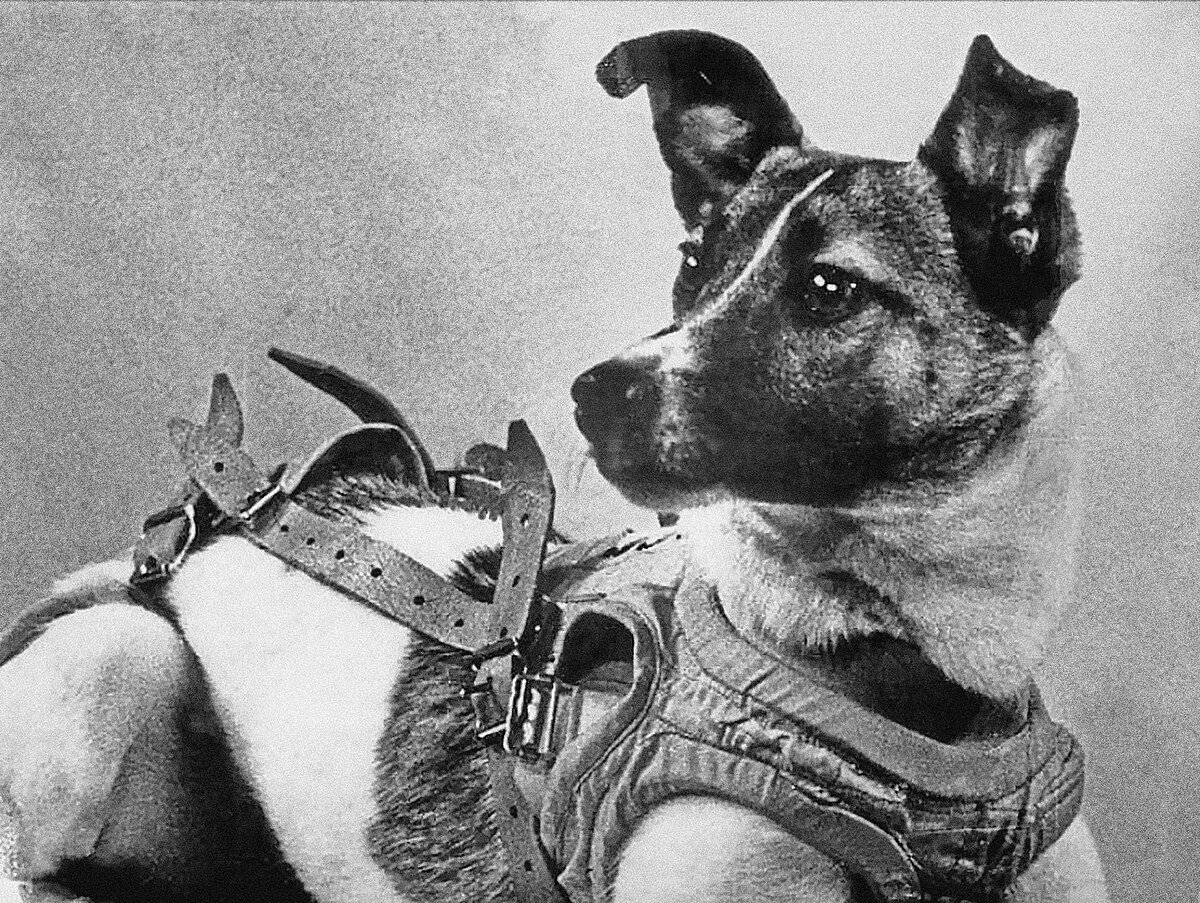Laika, a small stray dog from Moscow, holds an extraordinary place in the history of space exploration. As the first living creature to orbit Earth, Laika’s journey aboard Sputnik 2 in November 1957 marked a monumental step for humankind’s quest to explore the cosmos. Her story, while inspiring, also serves as a sobering reminder of the sacrifices made in the name of scientific progress.
Table of Contents
ToggleLaika’s Background
Before becoming a space pioneer, Laika roamed the streets of Moscow. She was a stray, selected for her resilience and adaptability to harsh conditions. Scientists believed stray dogs were better suited to survive the extreme conditions of space travel due to their toughened instincts and small size. Laika, a mixed-breed canine resembling a Russo-European Laika, won the team’s favor with her calm temperament and willingness to follow commands.
The Space Race and Sputnik 2
The late 1950s witnessed intense rivalry between the United States and the Soviet Union during the Cold War. The “Space Race” became a critical arena for proving technological superiority. After the success of Sputnik 1, the first artificial satellite, the Soviet Union sought to achieve another milestone by sending a living organism into orbit.
Sputnik 2 was designed in record time—just four weeks—to capitalize on the momentum generated by Sputnik 1. The spacecraft featured a pressurized cabin equipped with life-support systems, including oxygen and temperature controls, to sustain Laika during her mission. However, it lacked a re-entry mechanism, making Laika’s journey a one-way trip.
The Mission
Laika was launched into space on November 3, 1957. During the initial stages of the flight, she endured immense stress as the spacecraft accelerated, her heart rate soaring to three times its normal level. Once in orbit, Laika’s vital signs stabilized, demonstrating that a living organism could survive the conditions of space.
Tragically, the spacecraft’s thermal controls failed, causing the cabin temperature to rise rapidly. Although early Soviet reports claimed Laika survived for several days, it was later revealed that she succumbed to heat and stress within hours of the launch. Her passing, while heartbreaking, provided invaluable data for future missions, paving the way for human space exploration.
Legacy of Laika
Laika’s sacrifice sparked global reactions, ranging from admiration to criticism. Animal rights activists condemned the mission, highlighting the ethical implications of using animals for experiments without their consent. Nevertheless, Laika’s contribution to science remains undeniable. Her mission helped scientists understand the physiological and psychological effects of space travel on living organisms.
In memory of Laika, the Russian space agency erected a monument in Moscow in 2008. The sculpture features Laika standing on top of a rocket, symbolizing her role as a trailblazer in space exploration. Visitors can also learn about her story at the Laika Museum, a dedicated exhibit that showcases artifacts and information about her mission.
Cultural Impact
Laika’s story has transcended the scientific community to inspire countless works of art, literature, and music. She even has a celestial namesake—Laika’s Comet—a testament to her enduring legacy. Over the decades, her journey has become a poignant symbol of the sacrifices involved in pushing the boundaries of human knowledge.
Ethical Considerations
The ethical debate surrounding Laika’s mission continues to resonate today. While her sacrifice advanced human understanding of space travel, it also underscored the moral dilemmas scientists face when conducting experiments involving living creatures. Advances in technology now allow researchers to use simulations and robotic models, reducing the need for animal testing in space missions.
Remembering Laika
Laika’s story reminds us of the profound connection between humans and animals, as well as the complexities of scientific progress. Her legacy continues to inspire new generations of scientists, artists, and dreamers. By visiting the Laika Museum or learning about her contributions, we honor not only her memory but also the countless unsung heroes who have propelled humanity toward the stars.
Laika may have been a stray from Moscow, but her journey turned her into a global icon. Her courage and sacrifice remain a shining example of humanity’s determination to explore the unknown, ensuring her place in history as the first dog in space.


